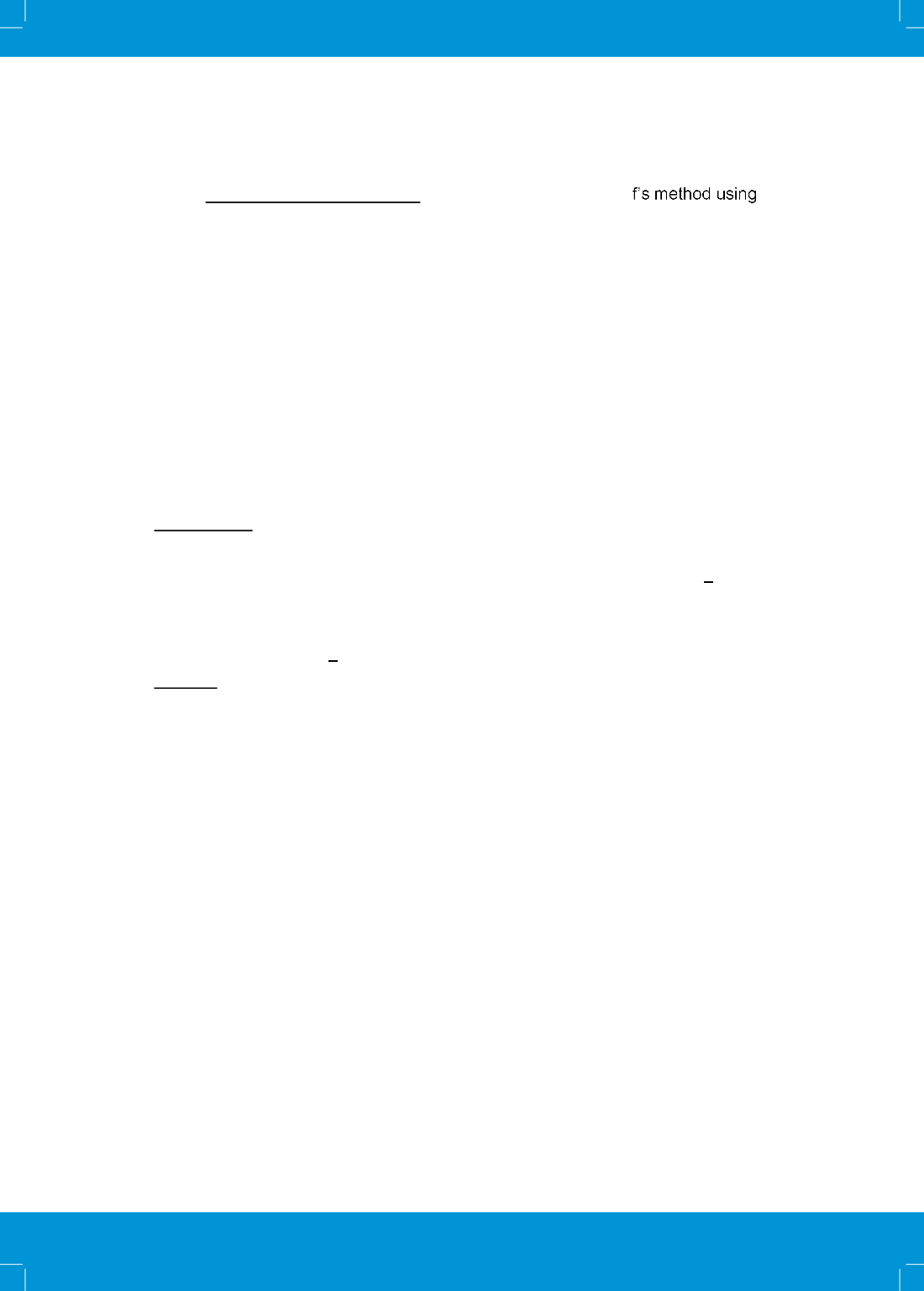

2. If the pus is thick or purulent, process by modified Petrof
4% NaOH
3.
Inoculate two slopes each of
LJ and LJ-P with one loopful of deposit for
each slope
4. Transfer the remaining deposit in to one bottle of SK
5.
Incubate the slopes and SK medium at
37
o
C
6. If the pus is thin or dilute, proceed with decontamination using 5% H
2
SO
4
7.
Inoculate two slopes each of
LJ and LJ-P with one loopful of deposit for
each slope
8. Transfer the remaining deposit in to one bottle of SK
5.7Urine / Ascitic fluid
1. Distribute the entire specimen in to 20 or 40 ml volumes in Universal
containers / Falcon tubes inside a BSC
2. Centrifuge at 3000 x g for 15 minutes
Process the supernatant and deposit independently as follows:
Supernatant:
3. Aspirate carefully 1ml of the top layer from each tube and pool
4. Process by 5%
H
2
SO
4
as for CSF
5. Transfer 1ml of the final supernatant on to two bottles of SK each Label
the set as DSS (Decontaminated Supernatant Supernatant)
6. Decant the supernatant carefully in to the disinfectant bath
7. From the deposit transfer about 0.2 ml and the remaining in to 2 bottles of
SK respectively Label as DSD (Decontaminated Supernatant Deposit)
Deposit:
8. Pool all the deposit in to one tube
9. Process using 5%
H
2
SO
4
as for CSF
10. Inoculate two slopes each of LJ and LJ-P with one loopful of deposit for
each slope
11.Transfer the remaining deposit in to one bottle of SK
5.8 Swabs:
If two swabs are available, use one for smear and one for culture; if only one is
available do only culture
1. Immerse the swab in 5 ml of 4%
H
2
SO
4
for 1 minute
2. Transfer the swab to another tube containing 5 ml of 4% NaOH
3. Directly inoculate two slopes each of LJ, LJ-P
4. Transfer the swab finally to a tube containing SK medium
5.
Incubate all tubes at
37
o
C
5.9 Culture Reading
1. Read all cultures used for isolating
M. tuberculosis
from extrapulmonary
specimens every week for up to 8 weeks using the same methodology
used for pulmonary samples
2. If the solid media show typical growth report immediately after
confirmation
148


















